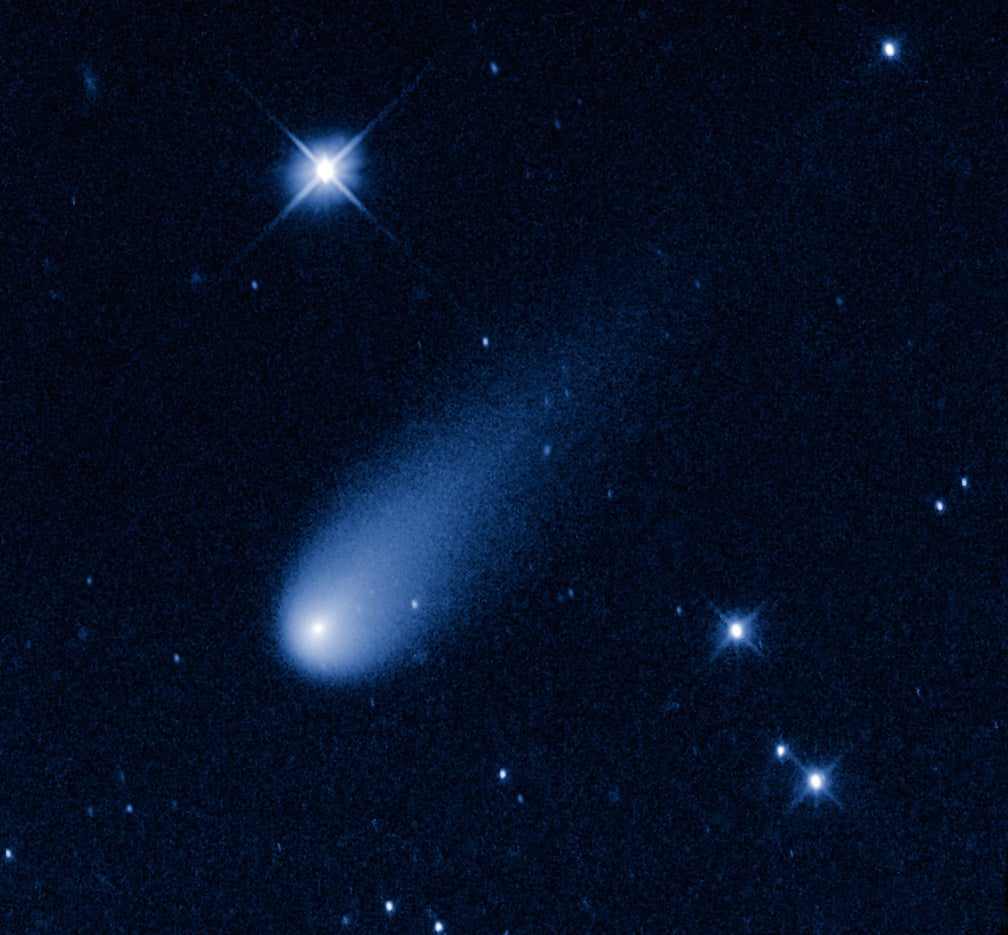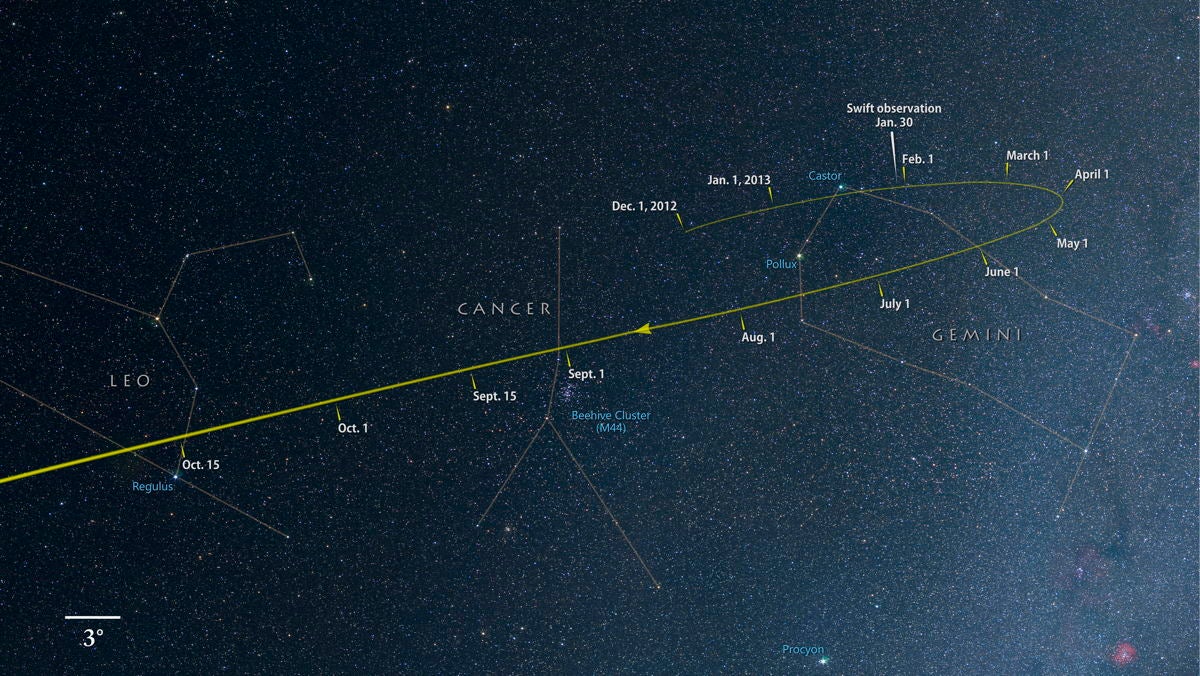Comet ISON latest: 'comet of the century' begins to brighten as it nears the Sun
The icy object might become the brightest comet of the century if it survives its 'sungrazing' journey through our solar system

Your support helps us to tell the story
From reproductive rights to climate change to Big Tech, The Independent is on the ground when the story is developing. Whether it's investigating the financials of Elon Musk's pro-Trump PAC or producing our latest documentary, 'The A Word', which shines a light on the American women fighting for reproductive rights, we know how important it is to parse out the facts from the messaging.
At such a critical moment in US history, we need reporters on the ground. Your donation allows us to keep sending journalists to speak to both sides of the story.
The Independent is trusted by Americans across the entire political spectrum. And unlike many other quality news outlets, we choose not to lock Americans out of our reporting and analysis with paywalls. We believe quality journalism should be available to everyone, paid for by those who can afford it.
Your support makes all the difference.Comet ISON, the much anticipated “comet of the century”, is finally beginning to live up to its reputation; dramatically increasing in brightness as it draws nearer to the Sun.
Astronomers have predicted that the icy object could become the brightest comet of the century, thanks to a flight path that will take it exceptionally close to the Sun.
ISON will come within approximately 724,000 miles (1.16 million kilometers) of the star’s surface on 28th November, with the heat (around 2,760C – hot enough to melt rock and metal) vaporizing the comet’s icy body and creating a bright tail that will glow in the night’s sky.
It’s still not certain quite how bright ISON will become, as there’s a chance that the comet will be destroyed by the intense heat and gravitational pull of the Sun before it comes too close.
However, the most recent calculations predict that ISON will likely survive long enough to put on a show for both professional and amateur astronomers.
Enthusiastic stargazers have already begun reporting sightings of the come through small telescopes and binoculars.
“I finally saw Comet ISON for the first time using small binoculars!” wrote pilot Brian Whittaker on the SpaceWeather.com website. “It was faint, but is predicted to brighten and move each day! Exciting!”
ISON should become visible to the naked eye in early mornings throughout December and then during the night through January.
The comet was discovered by a pair of amateur Russian astronomers in September 2012. Vitali Nevski and Artyom Novichonok named the celestial object after the array of telescopes they used to locate it: the International Scientific Optical Network.
Click here to see a gallery about comet ISON – including tips on how to view it for yourself.

Join our commenting forum
Join thought-provoking conversations, follow other Independent readers and see their replies
Comments